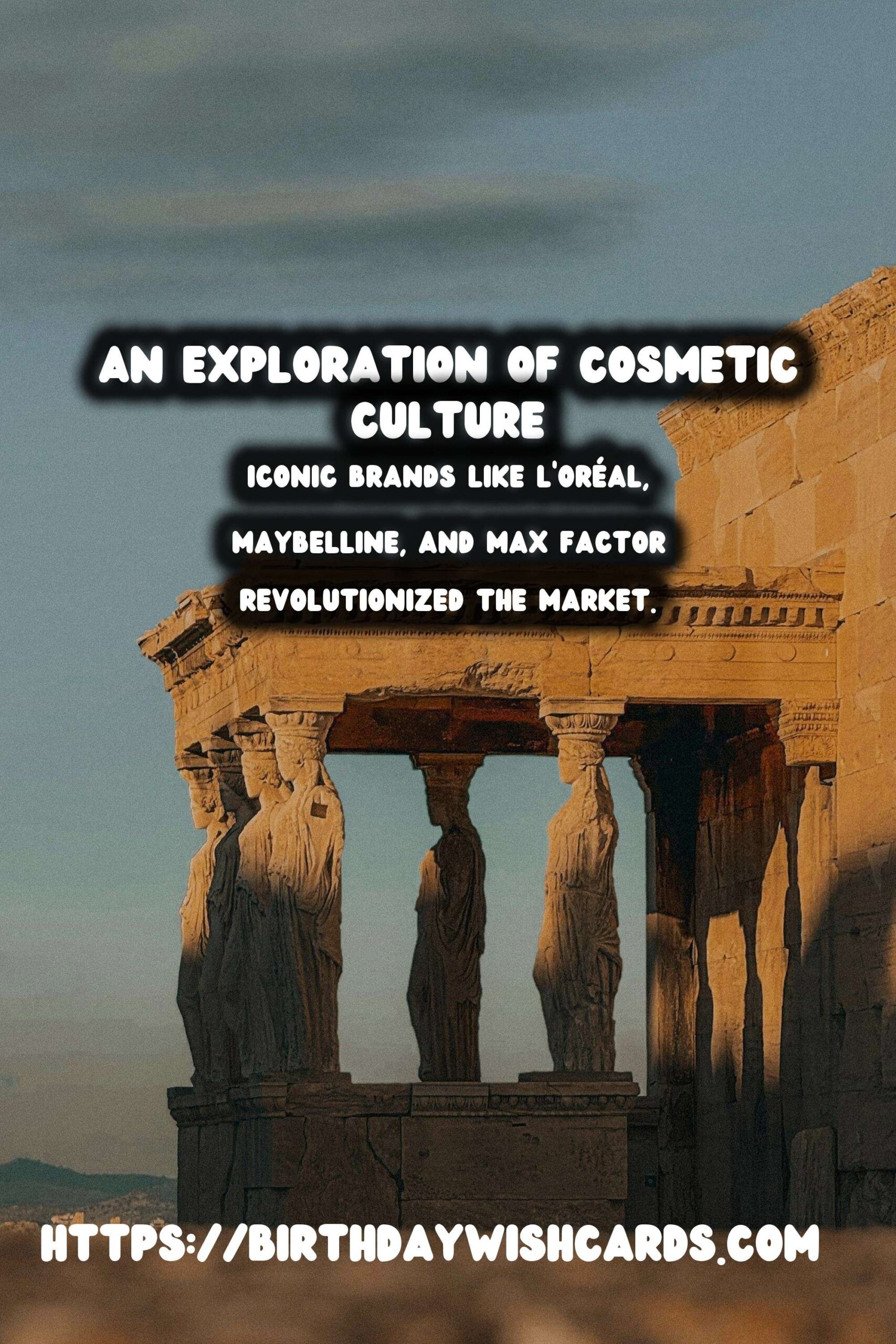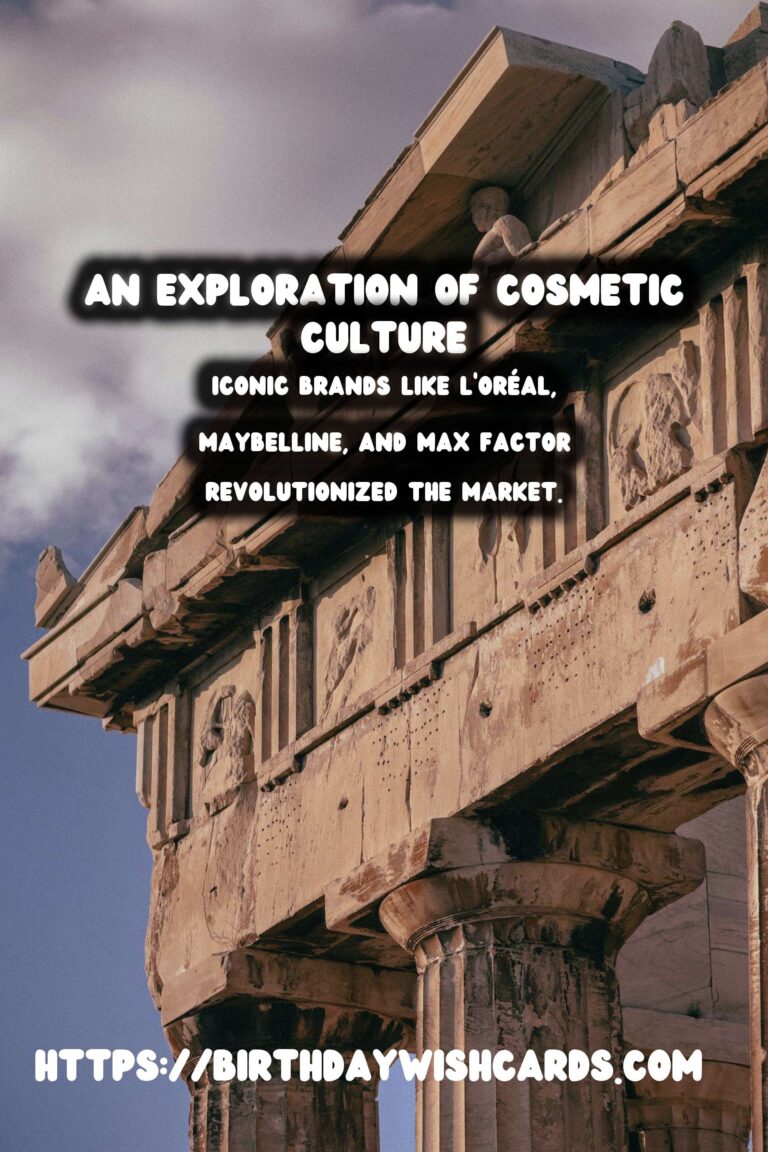
Cosmetics have been a part of human culture for thousands of years. From the elaborate beauty rituals of ancient civilizations to today’s bustling beauty industry, cosmetics have always played an important role in hygiene and fashion.
Ancient Egypt: The Cradle of Cosmetic Practices
One of the earliest references to cosmetics comes from Ancient Egypt. Both men and women adorned themselves with kohl to define their eyes, a practice that served both aesthetic and practical purposes, as kohl protected against the harsh desert sun and prevented eye infections.
Apart from eye makeup, the Egyptians used various other cosmetics made from natural resources like scented oils, animal fats, and crushed minerals. These products were employed to soften skin and perfume the body.
Cosmetics in Ancient Greece and Rome
Moving over to Greece, cosmetics gained prominence as ‘kosmetikos’—a Greek word meaning ‘skilled in adornment’. The Greeks loved fair complexion and used a mixture of white lead and chalk to achieve this effect, although we now know this had harmful side effects.
Similarly, Romans borrowed heavily from Greek beauty customs but also developed their own innovations in cosmetics. They popularized the use of face and body creams made from natural essences and lanolin, extracted from sheep’s wool.
The Middle Ages and Renaissance: A Time of Transformation
During the medieval period, cosmetics fell out of favor in Europe, especially among religious groups who saw them as deceitful. Despite this, the upper classes kept alive the tradition of makeup and skincare, adopting new practices like hair dyeing.
The Renaissance rekindled interest in beauty with lavish palettes inspired by Italian and French courts. Pale faces were in vogue, obtained using arsenic or vinegar, which had the effect of making skin appear youthful but carried negative health implications.
Cosmetics in the Modern Era
The 20th century marked a significant evolution in the world of cosmetics. The invention of synthetic materials and mass production allowed for affordable, diverse products for a broader audience. Iconic brands like L’Oréal, Maybelline, and Max Factor revolutionized the market.
With changing societal norms, makeup became accessible to all genders and age groups, symbolizing self-expression and empowerment. Recent decades have seen a shift towards natural ingredients and sustainable practices in response to growing environmental concerns.
The Future of Cosmetics
Looking ahead, the cosmetic industry continues to evolve, driven by technological innovations and consumer demands for transparency and ethical practices. As we embrace diversity and inclusion, future trends promise to redefine beauty standards, making cosmetics an ever-growing realm of possibilities and creative expressions.
The journey of cosmetics from ancient rituals to modern science highlights their enduring importance across cultures and time. The world of beauty is one that chronicles humanity’s history, aspirations, and identities through the ages.
Cosmetics have been a part of human culture for thousands of years. Iconic brands like L’Oréal, Maybelline, and Max Factor revolutionized the market.
#CosmeticsHistory #BeautyEvolution

